Vi taqʷšəblu Hilbert
Vi taqʷšəblu Hilbert
1918-2008
Vi Hilbert was born July 24, 1918, in Upper Skagit, as an only child to Charlie and Louise Anderson. Vi was a Mother of three, Denny, Lois, and Ron. Growing up, Vi went to 15 different schools. Vi was a story-teller, linguist, a Fluent speaker in Lushootseed and co-author of the second Lushootseed dictionary, advisor on the first one and an educator.
Vi’s father was a fisherman, logger, canoe carver and led canoe races to victory. Her mother was known as a kind, vivacious, loving, generous and dramatic. As a child, both Vi’s mother and father spoke only Lushootseed to her. While growing up, Vi and her parents moved around a lot due to job opportunities.
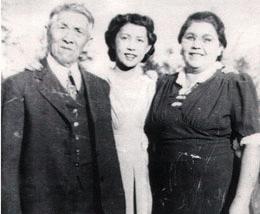
Photo courtesy of Lushootseed Research
When her parents went to the Yakima reservation to pick hops and fruit, Vi attended a boarding school located in Tulalip. Later on, in her high school years, Vi chose to attend the Chemawa Indian Boarding School, located near Salem, OR but for her last years, she transferred to Franklin High in Portland in order to get the best education she could, working as a household helper in exchange for room and board.
In 1936 Vi married Percy Woodcock and they lived together in Tahola, WA on the Olympic Peninsula. In 1937 she had her son Denny was born. In 1938 she had her daughter Lois. A couple of years later, her son Denny died from Meningitis in 1940, and Vi and Percy were separated. He moved to Ketchikan, Alaska, and Vi went home to Nooksack (an Indian reservation East of Bellingham) to be with her parents.
In 1942 Vi remarried to Bob Coy from the Tulalip Reservation (just west of Marysville and North of Everett). Her third child, Ron was born in 1943. After Vi separated from Bob. She remarried for the third time in 1945 during WWII to Don Hilbert, who was in the navy. They had built their own house in South Seattle, where they lived until 2003. They then moved to Bow, WA, in the Skagit County, to be with daughter Lois.
Vi learned the responsibilities of hard work. If anyone could work it was Vi. She went berry picking, she did ironing, all kinds of housework, she ran a pool hall, she worked in a cannery, she was a stock clerk, a cookie wrapper for a Danish bakery, she had worked at Todd’s Shipyard as an electric welder, she was a waitress for a Chinese restaurant, she did cashiering at Boeing for a food wagon, she worked as an executive secretary at a Seattle Children’s Orthopedic Hospital, and she finally trained as a hairdresser.
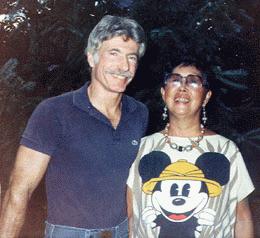
Photo courtesy of Lushootseed Research
In 1967 Vi was introduced to Dr. Thom Hess, who was writing a grammar book of Lushootseed, then called Puget Salish. In 1972 Vi attended a Lushootseed class that Hess had taught at the University of Washington and passed all the tests easily. The next year, Hess had arranged it so that Vi taught the class. From there Vi had turned her hair salon into the “brain room”. Together Thom and Vi had written lesson plans for daily language classes, a textbook and her first Haboo Book of traditional stories that were told by her elders. She had shared traditions, stories and the Lushootseed language with the Burke Museum, United Indians of all tribes, Tillicum Village, the Seattle’s Story Teller Guild, and the National Storytelling Association. Vi taught at the University of Washington for 15 years before retiring in 1988. Vi was named a Washington state living treasure in 1989. Then in 1994, she received a National Heritage Fellowship from the National Endowment of Arts which was awarded to her by President Bill Clinton and presented in person by First Lady Hillary Clinton.
The books include the lessons, dictionaries, and story collections, often bilingual, of Lushootseed Press. She is best known for the story Lady Louse. Haboo, in four versions, tells Native American stories from Puget Sound. Loon and deer were traveling, is a Parabola audio recording. She also contributed chapters and sidebars to several collections.
At the age of 90, Vi passed away in her La Conner home on a Friday morning of December 19, 2008. She was surrounded by her family as she took her journey to the other side. Because of the freezing conditions, her funeral was held a week later at Upper Skagit and her ashes are in the family plot at Nooksack.
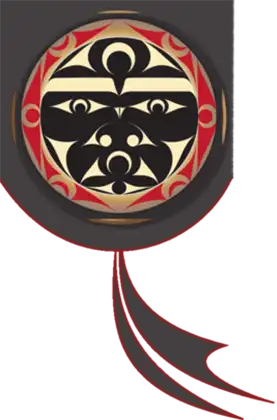


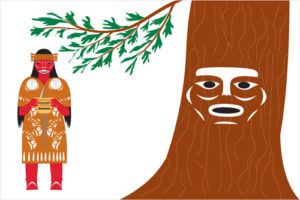
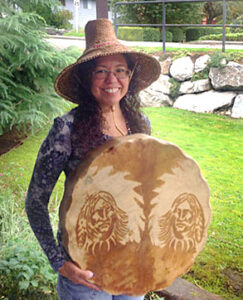 In the Snohomish culture, family trees are unique and its important in our culture to state family member names for oral traditional recording. Lois Ann Landgrebe was born in Seattle, WA. Her family name on her mother’s side are the Henrys. Lois’ maternal grandmother was Duwamish from the Jackson family and a descendant of Chief Seattle. On her birth father side, she is also Nez Perce. Mrs. Landgrebe has never met him, but he is from the Bob family. Lois was relinquished at birth and was adopted out at 1 year old to a white Coast Guard couple. The Berreths are her adopted family.
In the Snohomish culture, family trees are unique and its important in our culture to state family member names for oral traditional recording. Lois Ann Landgrebe was born in Seattle, WA. Her family name on her mother’s side are the Henrys. Lois’ maternal grandmother was Duwamish from the Jackson family and a descendant of Chief Seattle. On her birth father side, she is also Nez Perce. Mrs. Landgrebe has never met him, but he is from the Bob family. Lois was relinquished at birth and was adopted out at 1 year old to a white Coast Guard couple. The Berreths are her adopted family.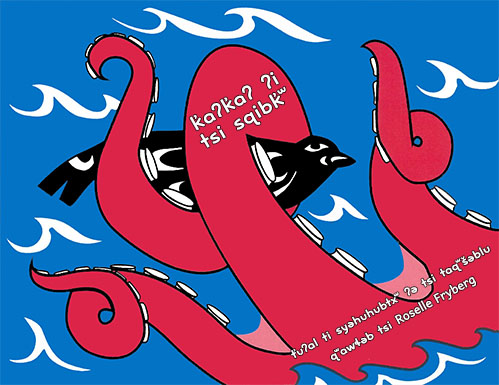
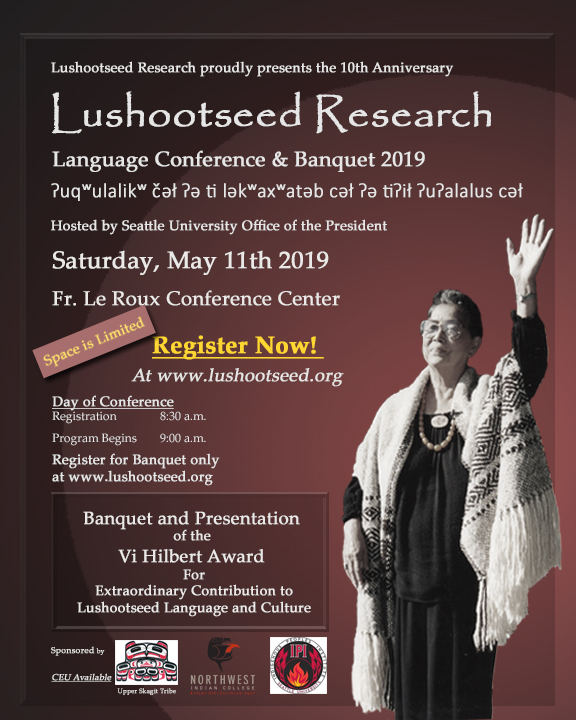
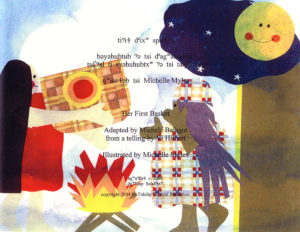
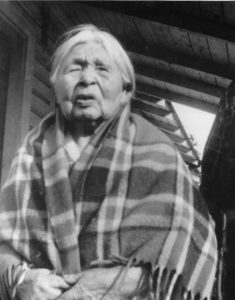
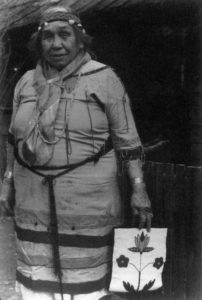
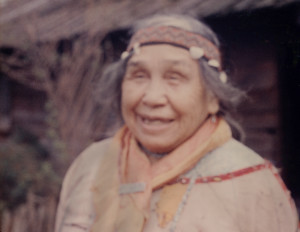 The Totem Entrance represents yet another telling of the “Crow and Her Seagull Slaves” tradition, though without Crow or seagulls. When we take account of the fact that both of Martha’s tellings are parodic realizations of the version on the Totem Entrance, we see that all three variants are anchored in a tradition that as yet bears only the names of its separate tellings. In her enthusiasm for the new recording technology, Martha has enabled us to travel more deeply into our heritage than we could have imagined.
The Totem Entrance represents yet another telling of the “Crow and Her Seagull Slaves” tradition, though without Crow or seagulls. When we take account of the fact that both of Martha’s tellings are parodic realizations of the version on the Totem Entrance, we see that all three variants are anchored in a tradition that as yet bears only the names of its separate tellings. In her enthusiasm for the new recording technology, Martha has enabled us to travel more deeply into our heritage than we could have imagined.